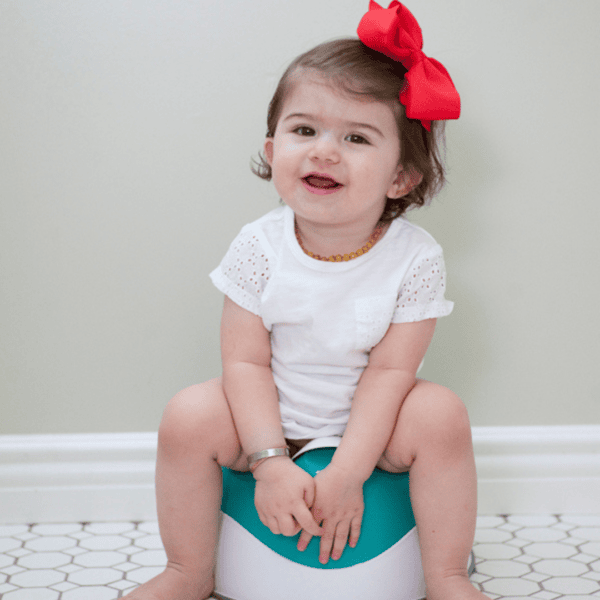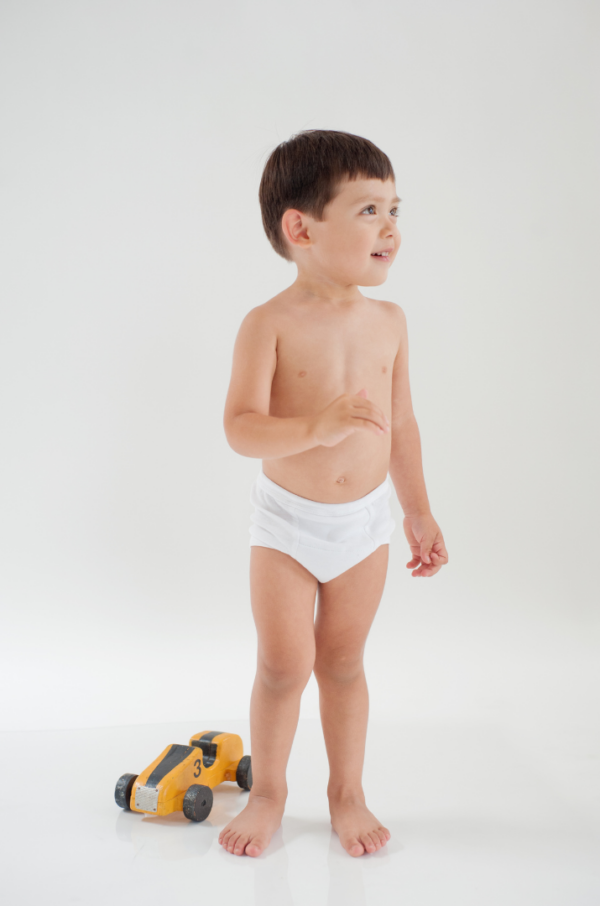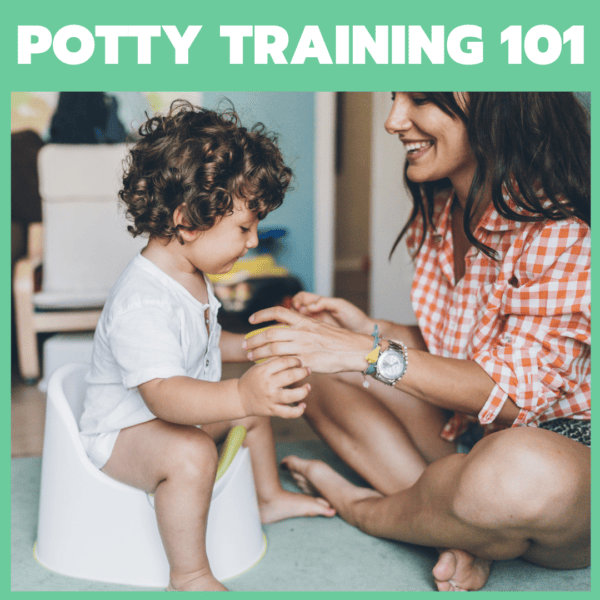Potty training is an exciting milestone in a child’s life and a significant step toward greater independence. For families who use cloth diapers, there can be unique benefits during this transition. Here, we’ll break down when and how to start potty training while using cloth diapers, offering helpful tips to make the process smoother for both you and your child.
When to Start Potty Training
Knowing when your child is ready for potty training can be tricky, but most children start showing signs between 18 months and 3 years old. Every child is different, so don’t feel pressured to rush the process. Here are some signs that your child may be ready to start potty training:
- Shows interest in the bathroom: Your child may follow you to the bathroom or show curiosity about what happens there.
- Can stay dry for longer periods: If your child stays dry for at least 2 hours or more, it may be a sign that they’re gaining control over their bladder.
- Communicates the need to go: Your child may start to express when they need to pee or poop, either through words, gestures, or facial expressions.
- Discomfort in wet/soiled diapers: If your child shows signs of discomfort when their diaper is wet or dirty, it can indicate readiness.
- Ability to pull pants up and down: Motor skills play a role in potty training, so it’s helpful if your child can pull their pants up and down by themselves.

How Cloth Diapers Support Potty Training
Cloth diapers can be a valuable asset when potty training because they allow children to feel the sensation of wetness. This can help them make the connection between the urge to go and the action itself, which is crucial for learning bladder and bowel control. Here are a few ways cloth diapers support potty training:
- Heightened Awareness: Cloth diapers don’t wick moisture away as quickly as disposables, making children more aware of when they’ve gone to the bathroom.
- Easy Transition: Children who have been cloth diapered may find it easier to transition to training pants or underwear, as they’re already familiar with the sensation of wetness.
- Cost-Effective: You can use your existing cloth diapers during the early stages of potty training, which can save money compared to buying disposable training pants.
Steps to Start Potty Training with Cloth Diapers
- Introduce the Concept Gradually: Start by talking to your child about using the toilet or potty chair. You might read books or watch videos that introduce potty training in a fun way. This builds comfort and excitement around the idea.
- Incorporate Routine Potty Breaks: Begin to include regular potty breaks into your day, especially after meals and naps. This helps your child get used to sitting on the potty, even if nothing happens at first.
- Use Cloth Training Pants: When your child starts to understand the concept, switch from cloth diapers to cloth training pants. These offer some absorbency but allow your child to feel wetness, which reinforces learning. Cloth training pants are included free in your service! Add them to your next delivery.
- Praise and Encourage: Celebrate successes and encourage your child when they sit on the potty, even if they don’t go. Positive reinforcement helps build confidence and keeps the process stress-free.
- Stay Patient and Flexible: Potty training is a journey with its ups and downs. Some days will go smoothly, while others might feel like a setback. This is normal! Be patient and allow your child to move at their own pace.

Tips for Potty Training Success
- Keep Extra Training Pants Handy: Accidents are part of learning, so keep a few cloth training pants or extra cloth diapers nearby for quick changes.
- Make the Potty Accessible: A child-sized potty or a step stool for the toilet can help make the bathroom more inviting and manageable for your little one.
- Dress for Success: Use clothing that’s easy for your child to pull up and down. This encourages independence and reduces frustration during potty time.
- Stay Consistent: Try to maintain a routine to reinforce the new habit. Even if you’re traveling or spending time away from home, consistency helps reinforce the practice.
When to Take a Break
If your child seems stressed, frustrated, or resistant to potty training, it’s okay to take a break and try again later. Pushing too hard can create anxiety around the process, so remember to go at a pace that works for your child.
Final Thoughts
Potty training with cloth diapers provides the benefits of heightened awareness and an easier transition to training pants make it worth the effort. By recognizing the signs of readiness, using supportive tools like cloth training pants, and staying patient, you can make the potty training journey a positive experience for both you and your child. Want more tips? Download our Potty Training 101 Course to match your parenting style to a potty training method. Free to Green Diaper Babies customers, contact us for a coupon code!

